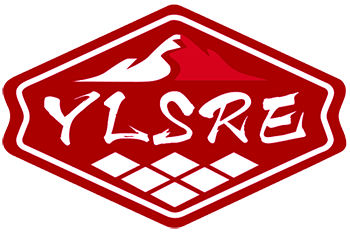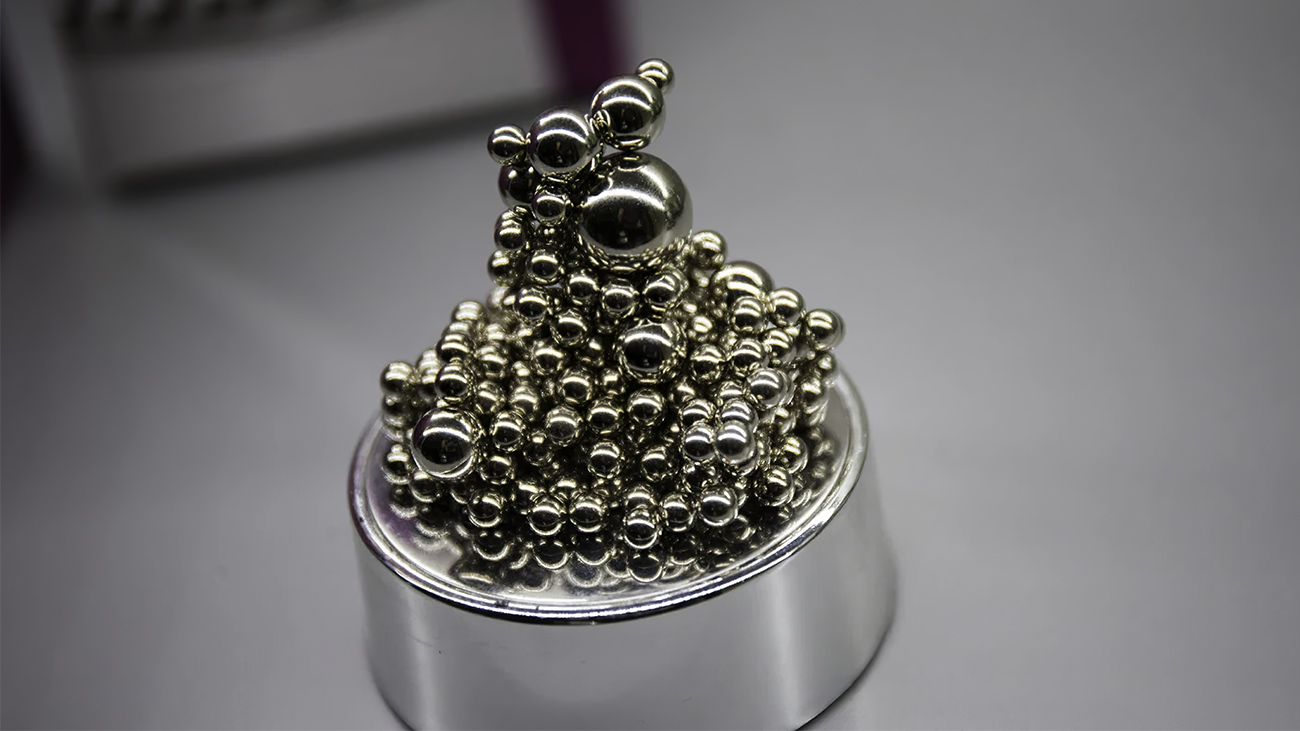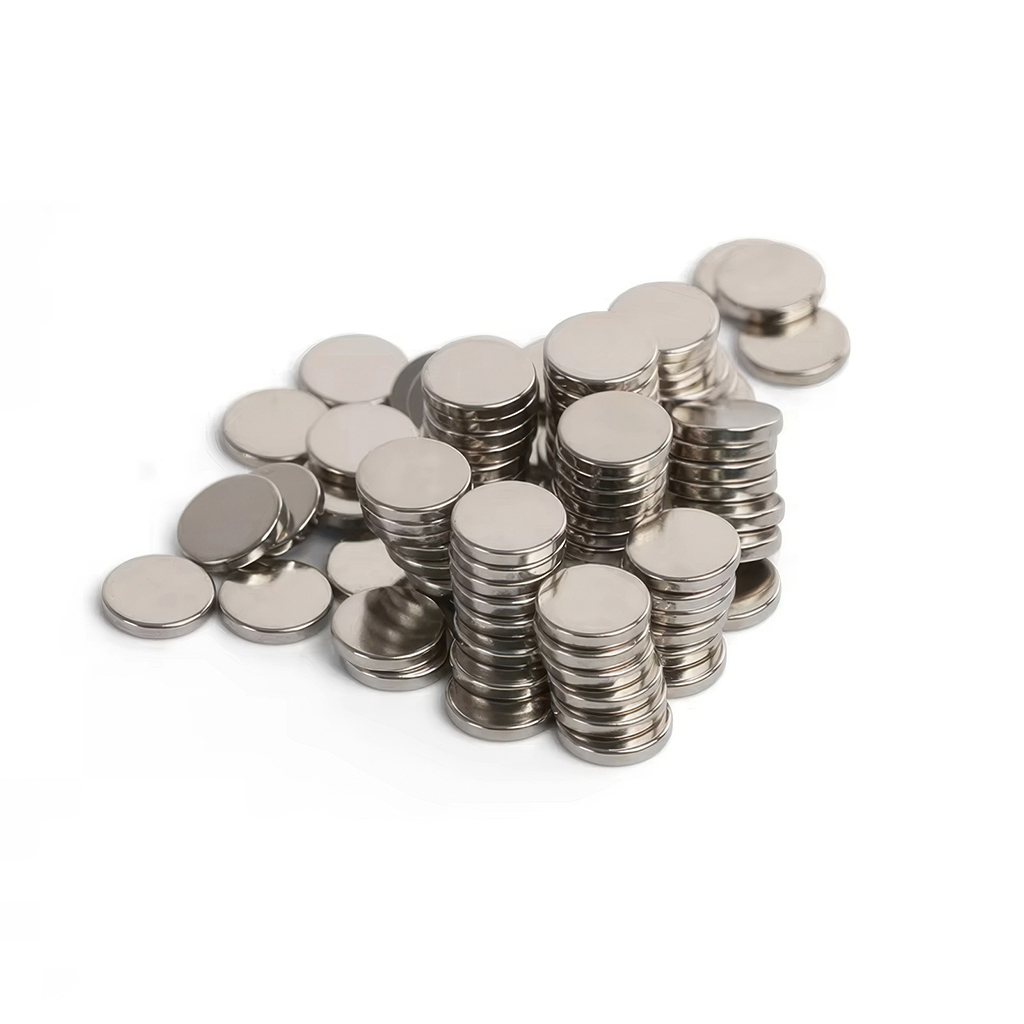Neodimio Magnet: The Strongest Magnet for Modern Use
In this article, we’ll discuss everything you need to know about neodymium magnets: what they are, their unique properties, and how they’re used in a wide range of applications. Whether you’re new to the concept or seeking detailed insights, this guide will help you better understand the role and potential of neodimio magnets in modern technology.
Table of Contents

What Are Neodymium Magnets?
Neodymium magnets (NdFeB) are a type of rare earth magnet made from an alloy of neodymium, iron, and boron. They belong to the magnet family of rare earth magnets, which also includes samarium cobalt magnets, but neodymium magnets are the strongest permanent magnets available.
| Component | Component | Purpose |
| Neodymium (Nd) | Neodymium (Nd) | Provides superior magnetic strength |
| Iron (Fe) | Iron (Fe) | Enhances structural stability and magnetism |
| Boron (B) | Boron (B) | Stabilizes the crystal structure for durability |
Neodymium magnets are available in various grades, including N35, N42, N52, and others. These grades indicate the magnet’s magnetic performance and energy density, with N52 being the strongest.
Why Are Neodymium Magnets So Powerful?
The exceptional strength of neodymium magnets lies in their unique magnetic properties:
- High Magnetic Strength:
Neodymium magnets have the highest magnetic strength among all types of magnets. This makes them ideal for applications where small size and high power are crucial. - Resistance to Demagnetization:
Once magnetized, neodymium magnets retain their magnetism for a long time, unlike other types of magnets such as ceramic or alnico. - Energy Density:
Neodymium magnets offer an extremely high energy product, making them suitable for compact devices that require powerful magnetic fields.
How Are Neodymium Magnets Made?
Neodymium magnets are manufactured through two main processes: sintering and bonding. Here’s how each process works:
- Sintered Neodymium Magnets
The sintering process involves compressing powdered neodymium, iron, and boron into a mold, then heating it to form a solid piece. Sintered magnets offer the strongest magnetic properties and are widely used in industrial applications. - Bonded Neodymium Magnets
Bonded magnets are created by mixing neodymium powder with a polymer binder. This process produces magnets with flexibility and allows for more customized shapes, though they are not as strong as sintered magnets.
The final product is often coated with materials like nickel, epoxy, or gold, which protect the magnet from corrosion and physical damage.

Common Applications of Neodymium Magnets
Neodymium magnets are used in countless modern applications, from household items to advanced industrial equipment. Let’s explore their most significant uses:
1. Electronics and Consumer Devices
Neodymium magnets are fundamental to consumer electronics due to their compact size and high strength.
- Speakers and Audio Equipment:
Neodymium magnets are used in speakers and headphones because they can produce a strong magnetic field, enhancing sound quality. - Hard Drives and Data Storage:
These magnets are used in hard drives, allowing for high-density data storage in compact devices.
Explore how neodymium magnets are customized for electronics.
2. Automotive Industry
From electric vehicles (EVs) to autonomous driving systems, neodymium magnets play a vital role in modern automotive technology.
- Motors and Generators:
Neodymium magnets are essential for powertrain systems and servo motors in vehicles. - Hybrid Vehicles:
EVs use neodymium magnets in their motors to achieve maximum efficiency.
Learn more about neodymium magnets in automotive applications.
3. Renewable Energy
The renewable energy sector relies heavily on neodymium magnets, particularly in wind turbines and solar panel tracking systems.
- Wind Turbines:
Neodymium magnets are used in permanent magnet synchronous generators, which maximize energy output.
Discover neodymium magnets for wind power applications.
4. Medical Devices
Neodymium magnets are used in advanced medical equipment like MRI machines.
- Magnetic Resonance Imaging (MRI):
These magnets produce the strong magnetic fields necessary for high-resolution imaging.
Learn more about neodymium magnets for medical applications.
5. Industrial Tools and Equipment
Neodymium magnets enhance the performance of industrial motors, power tools, and servo motors.Explore neodymium magnets for industrial applications.
Key Types of Neodymium Magnets
1. Disc Magnets
Disc magnets are flat and circular, making them ideal for applications like sensors, speakers, and displays.
2. Block Magnets
Block magnets are rectangular-shaped and commonly used in motors and generators.
3. Ring Magnets
Ring magnets are circular with a hole in the center, often used in rotational systems.
4. Cylinder Magnets
Cylinder magnets are cylindrical and highly versatile, suitable for specialized industrial applications.
| Type | Common Applications |
| Disc Magnets | Sensors, speakers, displays |
| Block Magnets | Motors, generators, power tools |
| Ring Magnets | Rotational systems, loudspeakers |
| Cylinder Magnets | Industrial manufacturing, robotics |
Understanding Magnet Grades: N35, N42, and N52
Neodymium magnets are graded based on their magnetic performance. The most common grades include N35, N42, and N52.
| Grade | Magnetic Strength | Applications |
| N35 | Moderate | General-purpose applications |
| N42 | High strength | Motors, sensors, and speakers |
| N52 | Strongest | Industrial and high-performance uses |
Find the perfect magnet for your needs here.
Safety Tips for Handling Neodymium Magnets
While neodymium magnets are incredibly useful, they must be handled with care due to their strength.
- Avoid Pinches: Neodymium magnets can snap together with great force, causing injuries.
- Protect Electronics: Keep magnets away from sensitive devices like smartphones and credit cards.
- Store Securely: Ensure magnets are stored safely, especially away from children.
The Future of Neodymium Magnets
As industries like electric vehicles and renewable energy grow, the demand for neodymium magnets will continue to rise. Advancements in magnet coatings and the development of high-temperature grades will further expand their use in extreme environments, making these magnets even more versatile.
Key Takeaways
- Neodymium magnets are the strongest permanent magnets available, made from an alloy of neodymium, iron, and boron.
- They are widely used in electronics, automotive, renewable energy, medical devices, and industrial equipment.
- Available in different grades like N35, N42, and N52, each suited for specific applications.
- Proper handling and storage are essential due to their strength.
- Neodymium magnets are critical for the future of industries like EVs and renewable energy
Welcome to our factory’s custom NdFeB magnet services, where your ideas and needs become reality.
Simply share your concepts, requirements, or design drawings, and we’ll work closely with you to produce high-quality NdFeB magnets tailored to your exact specifications and performance standards.
You’ll benefit from competitive pricing, complimentary samples, and professional technical support from our dedicated team, making the customization process worry-free, safe, and cost-effective.
Our goal is to ensure that your products achieve outstanding performance with the highest level of quality and precision.
Economic Development Zone, Industrial Park, Shehong City, Sichuan Province, China.
Contact
News
US Department of Defense Allocates $5.1 Million to Recover Rare Earths from E-Waste
On January 17, 2025, the US Department of Defense announced a $5.1 million allocation to Rare Resource Recycling Inc. under the Defense Production Act.
China Revises and Implements the “Regulations for Outward Direct Investment Statistics,” Including Rare Earth Oxides
It is reported that on January 1, 2025, the Ministry of Commerce, the National Bureau of Statistics, and the State Administration of Foreign Exchange officially implemented the revised “Regulations for Outward Direct Investment Statistics.”
Canada Rare Earth Acquires Majority Stake in Laos Rare Earth Refinery
According to Magnet Materials News, on January 9, 2025, Canada Rare Earth Corp. announced plans to acquire a 70% stake in a rare earth refinery in Laos. This acquisition aims to enhance supply security and economic benefits.



